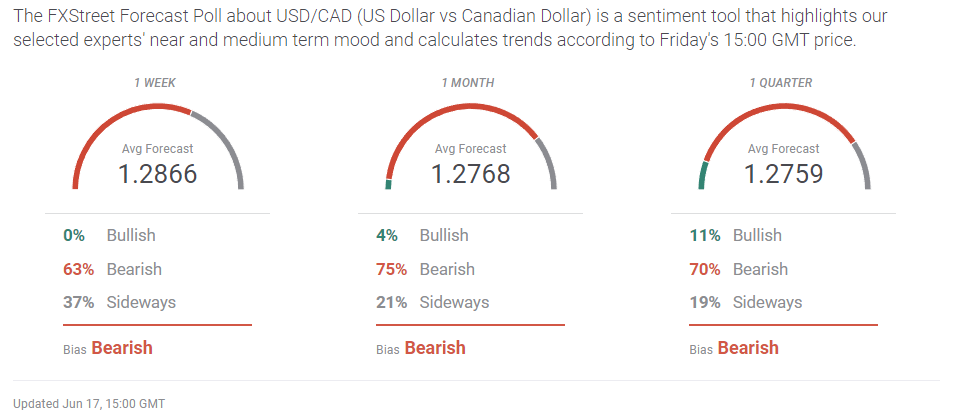- USD/CAD above 1.3000 for the first time in a month, sets a new post-pandemic high.
- Loonie loses 2.0% on the week, 4.0% since June 8.
- WTI collapses 8.1% on US inventory build, recession fears.
- FXStreet Forecast Poll reflects technical vulnerability above 1.3000.
The USD/CAD traded to a new 19-month high at 1.3078 high on Friday as accelerated Federal Reserve rate increases and recession fears prompted a general turn to the US dollar, and an 8% collapse in crude oil undermined the loonie.
Federal Reserve governors voted for the first 75 basis point hike in 28 years on Wednesday and Chair Jerome Powell suggested that more could follow as the central bank ramps up its inflation fight.
In its annual report on monetary policy, released on Friday prior to next week’s report to Congress, the Fed repeated its intention to control inflation. “The Committee’s commitment to restoring price stability — which is necessary for sustaining a strong labor market — is unconditional,” promised the report.
At the previous Federal Open Market Committee (FOMC) on May 4, Chair Jerome Powell had said that a 0.5% hike was likely at the next meeting. This 0.75% hike to a 1.75% upper target for the fed funds was prompted by an unexpected 8.6% reading in May’s annual Consumer Price Index (CPI) last Friday that was clearly a shock to the governors.
That CPI reading, above the March high of 8.5%, and a reversal of the April drop to 8.3%, led the Fed to the unusual step of changing its rate outlook during its two-week media blackout before the FOMC.
On Monday the Wall Street Journal published an article, assumed to be sourced from the Fed, noting that the rate prescription for the Wednesday meeting was now 0.75%. Markets took the information as gospel.
The Fed also issued its updated economic and rate projections, the second of four each year.
The year-end estimate for the fed funds rate rose to 3.4% from 1.9% in March, implying a doubling from its current level. Economic growth in 2022 dropped to 1.7% from 2.8%, PCE inflation rose to 5.2% from 4.3% and core to 4.3% from 4.1%. Inflation is still expected to decline in 2023 to 2.6% for headline and 2.7% for core, barely changed from the March projections.
There were no changes to the balance sheet reduction program that began this month with a $47.5 billion roll-off of maturing securities.
Mr. Powell dropped a number of broad hints in his press conference on Wednesday that more 75 basis point increases are possible, though the credit markets paid more attention to the rising possibilities of a recession.
Treasury yields were higher on the week, with the 10-year note gaining 8 basis points to 3.235% but losing 25 points from Tuesday’s high close of 3.483%. The 2-year return rose 12 points to 3.172% and was off 26 points from Tuesday’s finish at 3.435%.
American economic data pointed to the rising possibilities of recession as inflation curbs consumer spending and rate increases restrict sensitive sectors.
Retail Sales were unexpectedly negative in May, Housing Starts fell by the most since April 2020 at the height of the pandemic lockdowns and the Producer Price Index was over 10% annually for the fifth month in a row.
Inflation is no longer just a consumer annoyance but is beginning to affect economic activity. Industrial Production in May at 0.2% was lower than the 0.4% prediction, though April was revised to 1.4% from 1.1%.
Economic growth prospects in the US slipped as the Atlanta Fed GDPNow model, one of the most widely followed indicators, lowered its second quarter estimate to 0.0% from 0.9%. Following on the first quarter’s 1.5% contraction, the first half is edging close to the traditional recession definition of two consecutive quarters of negative GDP.
West Texas Intermediate (WTI) fell 8.3% from Monday's open, closing at $108.27.
The US Energy Information Agency (EIA) reported that weekly oil stocks were 1.956 million barrels, far more than the forecast decline of 1.314 million and just under the prior week’s 2.025 million. Concerns about a global recession in the second half of the year that would diminish demand also helped to lower crude prices as did a small rise in US production.
Canadian data was light with manufacturing sales for April and Housing Starts for May close to forecasts. The Raw Material Price Index and Industrial Product Prices for May were stronger than forecast.
USD/CAD outlook
The next Bank of Canada (BoC) meeting is a month away on July 13, and though a 75 point hike is more than possible it is too distant to have much speculative impact on the USD/CAD unless the bank makes some very strong hints that it is coming. Canadian consumer prices for May, released on Wednesday, are expected to increase to 7.5% in the overall and 5.9% in core. Will that spur the BoC and Governor Tiff Macklem to imitate the Fed? Unlike CPI in the US which dropped to 8.3%in April before shooting back up, Canadian CPI has risen steadily since last June. If CPI is stronger than forecast the case for a three-quarter point hike improves.
The combination of aggressive Fed hikes and a falling oil prices are a heavy burden for the Canadian dollar.
The USD/CAD outlook is higher.
Canada statistics June 13–June 17
US statistics June 13–June 17
FXStreet
Canada statistics June 20–June 24
FXStreet
US statistics June 20–June 24
FXStreet
USD/CAD technical outlook
The USD/CAD rise in the last eight sessions has brought the pair to the top of its range for the last 19 months. The MACD (Moving Average Convergence Divergence) price line crossed the signal on Monday and has increased the spread since. However, it remains well below the peaks of the last six months even though the USD/CAD is at the top of its range. The Relative Strength Index (RSI) has also made a sharp reversal to just below overbought status. The Average True Range (ATR) is nearly back to its volatility peak of early May. The extreme rapidity of the move in the last two weeks has provided less robust technical signals than might otherwise be expected, but the intent is clearly higher.
Last week's cross of the 21-day moving average (MA) by the 50-day MA and the prior cross of the 100-day MA reflects the upward movement of the USD/CAD and the medium-term volatility of the up and down cycle.
Resistance: 1.3050, 1.3080, 1.3100, 1.3150
Support: 1.3025, 1.3000, 1.2950, 1.2900, 1.2875
FXStreet Forecast Poll
The FXStreet Forecast Poll shows the technical vulnerability of USD/CAD after its extremely fast run higher.
Information on these pages contains forward-looking statements that involve risks and uncertainties. Markets and instruments profiled on this page are for informational purposes only and should not in any way come across as a recommendation to buy or sell in these assets. You should do your own thorough research before making any investment decisions. FXStreet does not in any way guarantee that this information is free from mistakes, errors, or material misstatements. It also does not guarantee that this information is of a timely nature. Investing in Open Markets involves a great deal of risk, including the loss of all or a portion of your investment, as well as emotional distress. All risks, losses and costs associated with investing, including total loss of principal, are your responsibility. The views and opinions expressed in this article are those of the authors and do not necessarily reflect the official policy or position of FXStreet nor its advertisers. The author will not be held responsible for information that is found at the end of links posted on this page.
If not otherwise explicitly mentioned in the body of the article, at the time of writing, the author has no position in any stock mentioned in this article and no business relationship with any company mentioned. The author has not received compensation for writing this article, other than from FXStreet.
FXStreet and the author do not provide personalized recommendations. The author makes no representations as to the accuracy, completeness, or suitability of this information. FXStreet and the author will not be liable for any errors, omissions or any losses, injuries or damages arising from this information and its display or use. Errors and omissions excepted.
The author and FXStreet are not registered investment advisors and nothing in this article is intended to be investment advice.
Recommended Content
Editors’ Picks

EUR/USD drops to two-year lows below 1.0400 after weak PMI data
EUR/USD stays under bearish pressure and trades at its weakest level in nearly two years below 1.0400. The data from Germany and the Eurozone showed that the business activity in the private sector contracted in early November, weighing on the Euro.

GBP/USD falls to six-month lows below 1.2550, eyes on US PMI
GBP/USD extends its losses for the third successive session and trades at a fresh fix-month low below 1.2550 on Friday. Disappointing PMI data from the UK weigh on Pound Sterling as market focus shift to US PMI data releases.

Gold price refreshes two-week high, looks to build on momentum beyond $2,700 mark
Gold price hits a fresh two-week top during the first half of the European session on Friday, with bulls now looking to build on the momentum further beyond the $2,700 mark. This marks the fifth successive day of a positive move and is fueled by the global flight to safety amid persistent geopolitical tensions stemming from the intensifying Russia-Ukraine war.

S&P Global PMIs set to signal US economy continued to expand in November
The S&P Global preliminary PMIs for November are likely to show little variation from the October final readings. Markets are undecided on whether the Federal Reserve will lower the policy rate again in December.

A new horizon: The economic outlook in a new leadership and policy era
The economic aftershocks of the COVID pandemic, which have dominated the economic landscape over the past few years, are steadily dissipating. These pandemic-induced economic effects are set to be largely supplanted by economic policy changes that are on the horizon in the United States.

Best Forex Brokers with Low Spreads
VERIFIED Low spreads are crucial for reducing trading costs. Explore top Forex brokers offering competitive spreads and high leverage. Compare options for EUR/USD, GBP/USD, USD/JPY, and Gold.
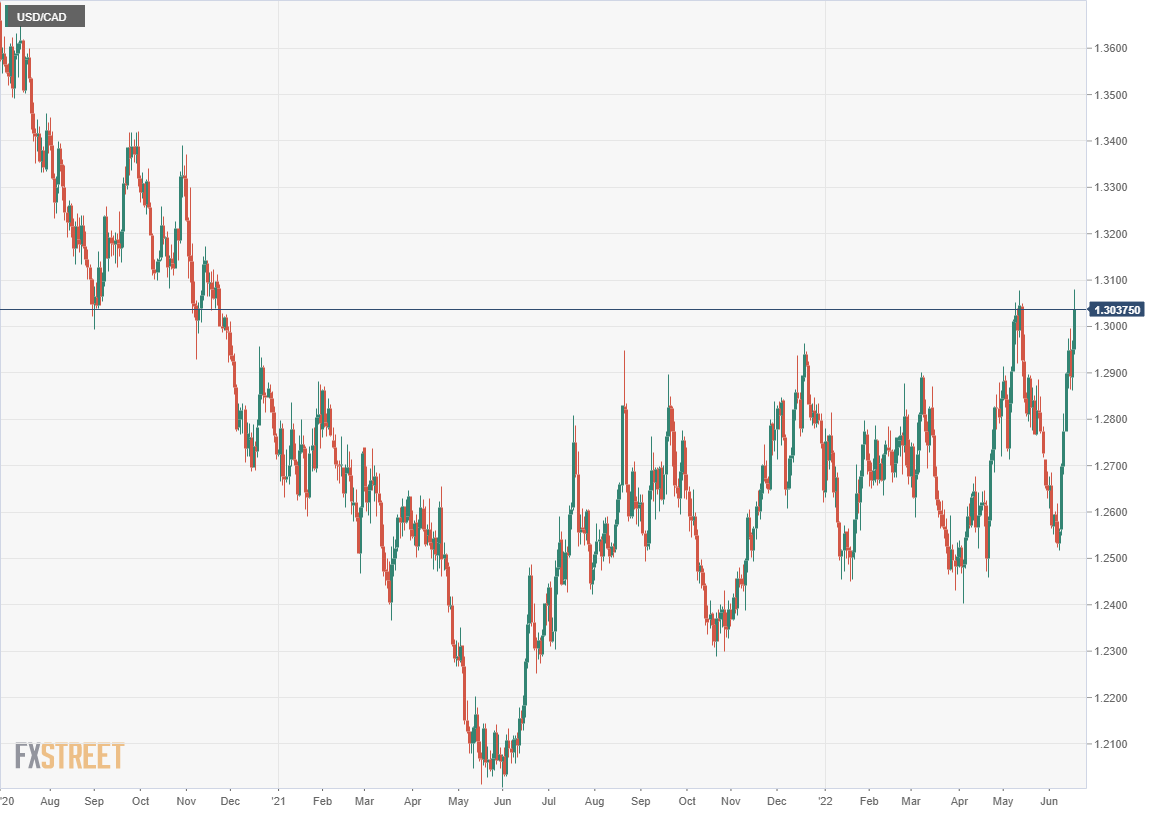
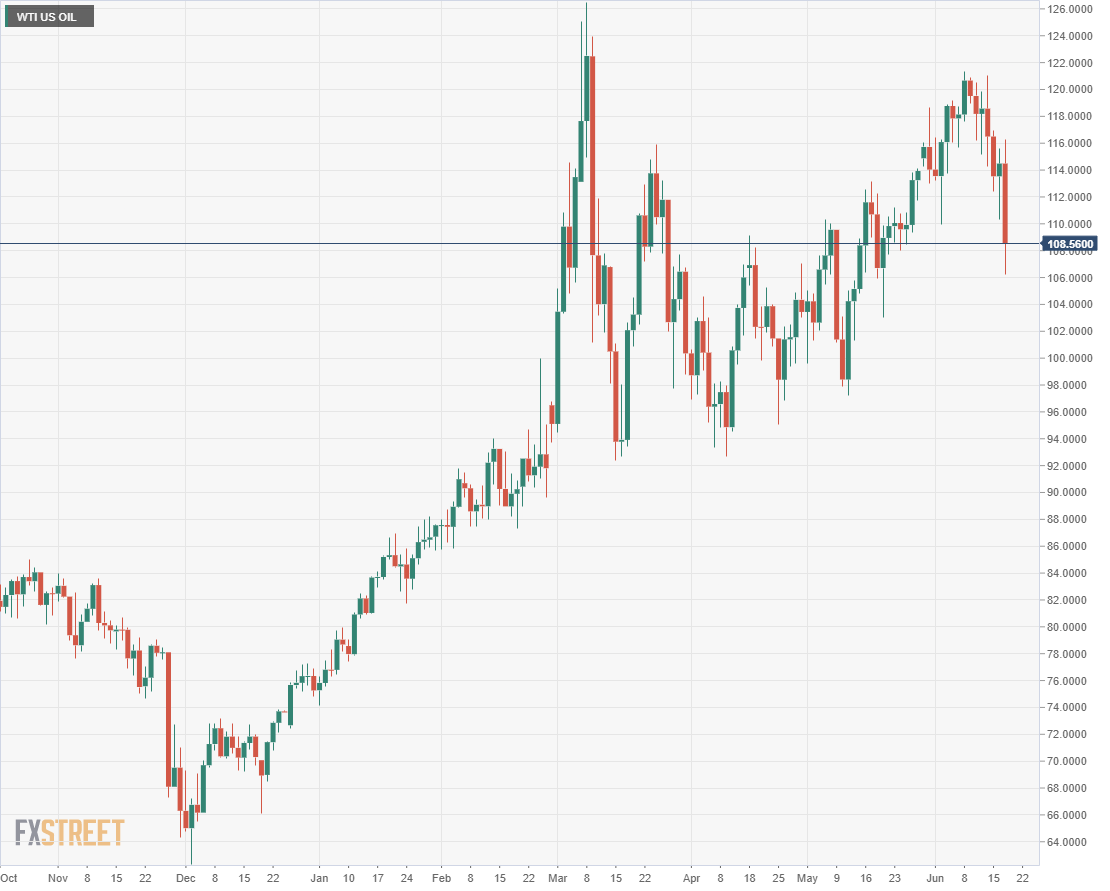

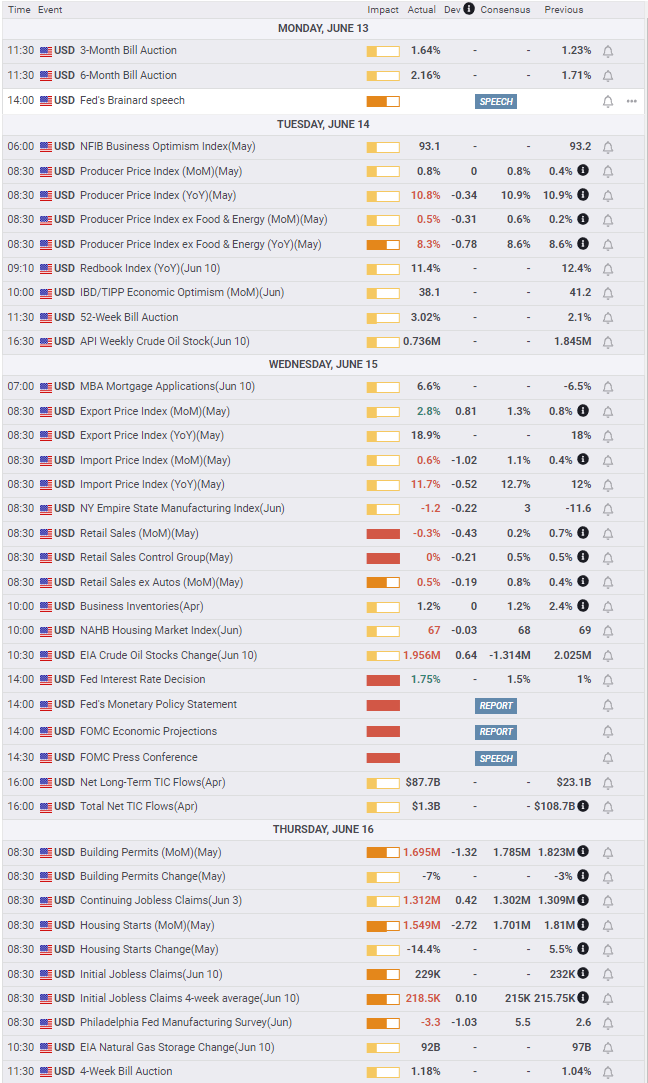
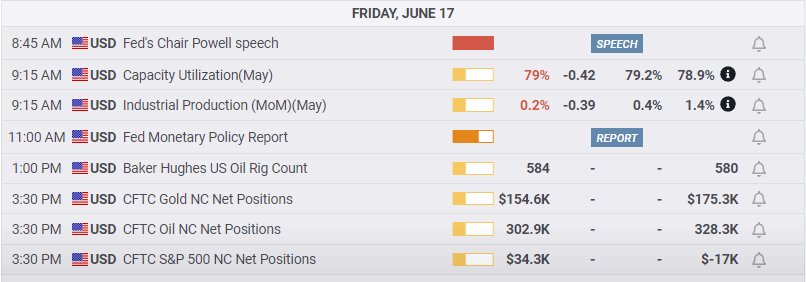
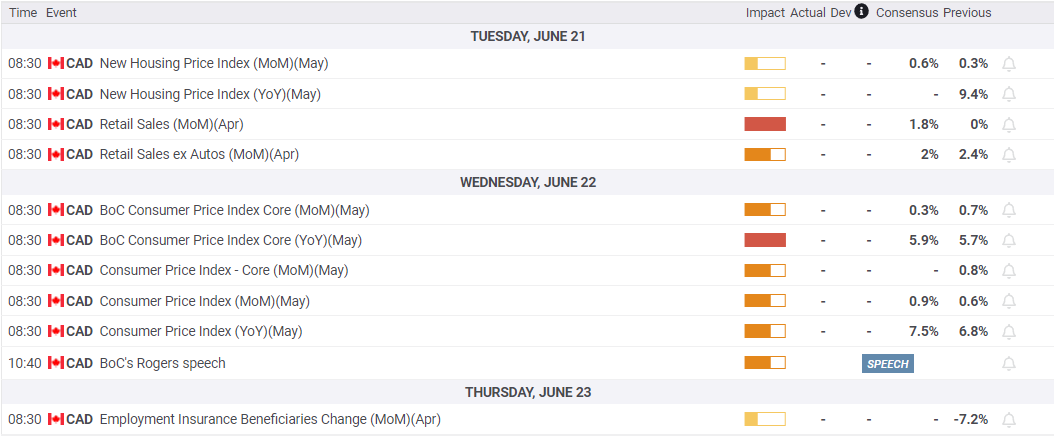
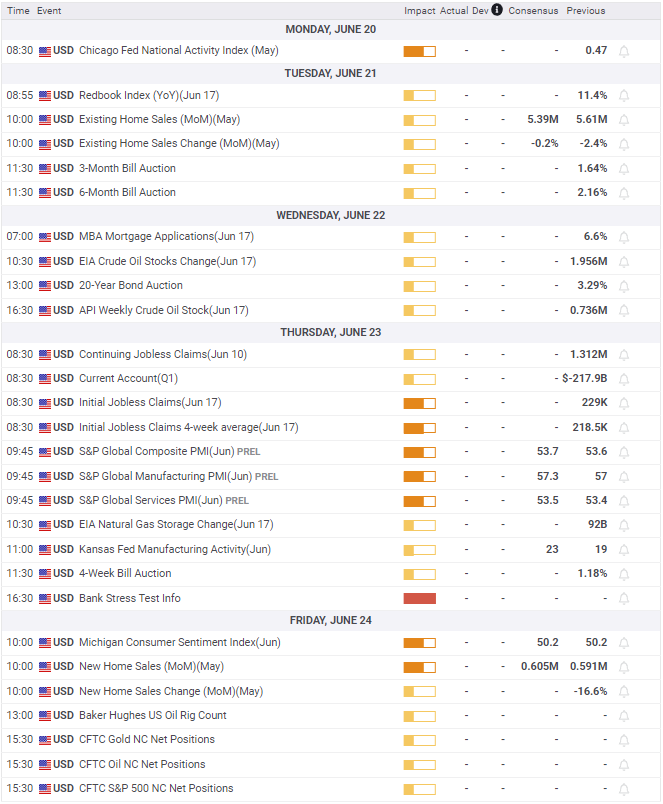
 tech 1-637911028106246218.png)
 tech 2-637911033703760605.png)
